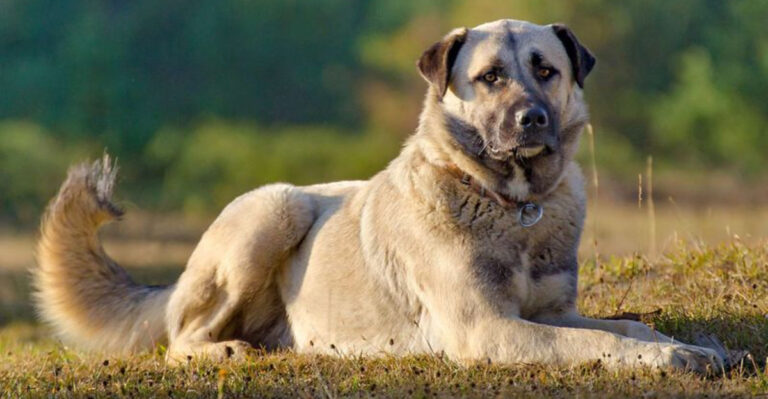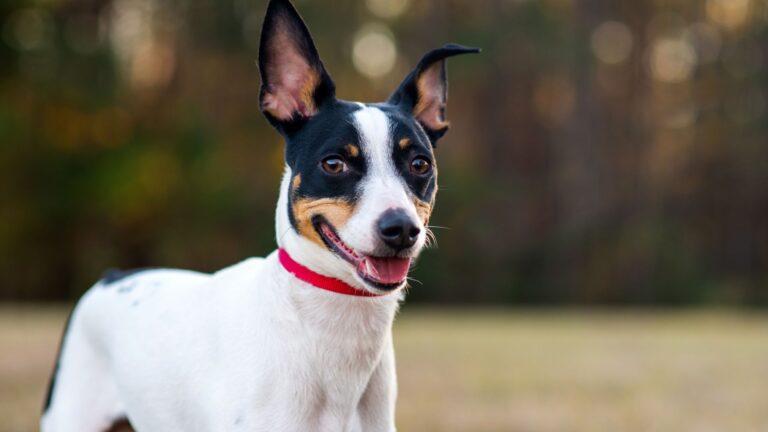14 Flowers That Make Your Garden More Bee-Friendly
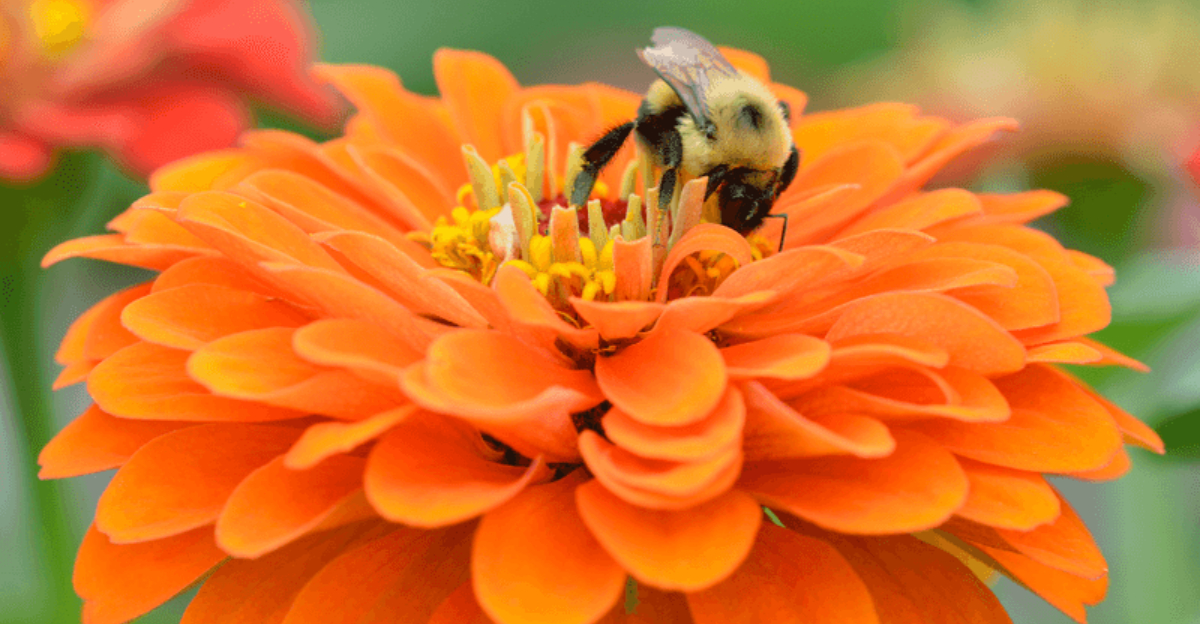
Bees play a crucial role in our ecosystem by pollinating plants that produce much of the food we eat. Creating a bee-friendly garden isn’t just good for these important pollinators – it’s also a way to enjoy more colorful blooms and healthier plants.
By choosing the right flowers, you can transform your outdoor space into a buzzing sanctuary that supports local bee populations.
1. Lavender: The Purple Paradise

Lavender stands as a favorite among bees and humans alike. Its rich purple spikes offer not just beauty but a buffet of nectar for hungry pollinators.
Bees are particularly drawn to its sweet fragrance, which acts like a natural beacon. Growing lavender requires minimal water once established, making it perfect for gardeners in drier climates or those looking for low-maintenance options.
2. Sunflowers: Towering Bee Buffets
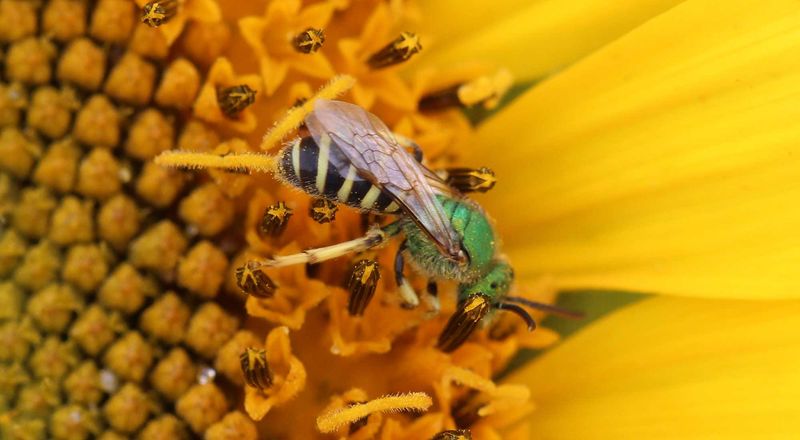
Sunflowers transform any garden into a pollinator paradise with their massive, golden faces that track the sun. These giants produce abundant pollen that bees can easily collect and transport.
Beyond their beauty, sunflowers provide a landing platform large enough for multiple bees to visit simultaneously. Plant several varieties with different blooming times to extend the feeding season from summer through early fall.
3. Coneflowers: Native Powerhouses

Coneflowers charm bees with their distinctive raised centers surrounded by drooping petals. Native to North America, these hardy perennials thrive in most garden conditions with minimal fuss.
The raised cone creates a perfect landing pad for bees to gather nectar and pollen. Look for purple coneflowers (Echinacea purpurea) or branch out to newer varieties in orange, yellow, and white to create a rainbow effect that keeps bees returning.
4. Borage: The Blue Star Attractor

Borage flaunts star-shaped blue flowers that seem irresistible to bees. This herb produces nectar continuously throughout the day, creating a reliable food source that keeps pollinators coming back.
You’ll often spot multiple bees visiting a single borage plant simultaneously. The cucumber-flavored leaves are edible too, making this plant doubly useful in your garden. Once established, borage will happily self-seed year after year.
5. Butterfly Bush: Nectar Fountain
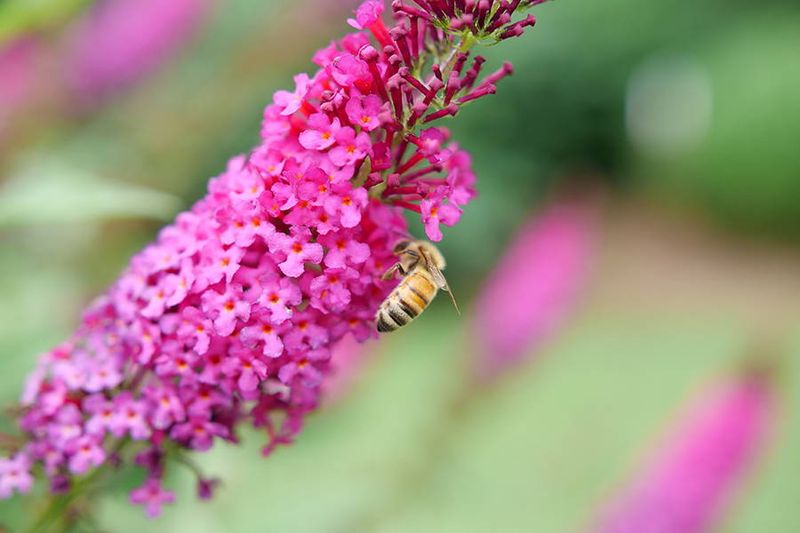
Butterfly bush creates a spectacular show with cone-shaped flower clusters that overflow with sweet nectar. Despite its name, this shrub attracts bees by the dozens with its purple, pink, or white blooms.
The long, tubular flowers produce nectar all season long. Plant butterfly bush in a sunny spot with well-drained soil, and watch as it becomes the most popular destination in your garden from midsummer through fall.
6. Bee Balm: Nature’s Bee Magnet
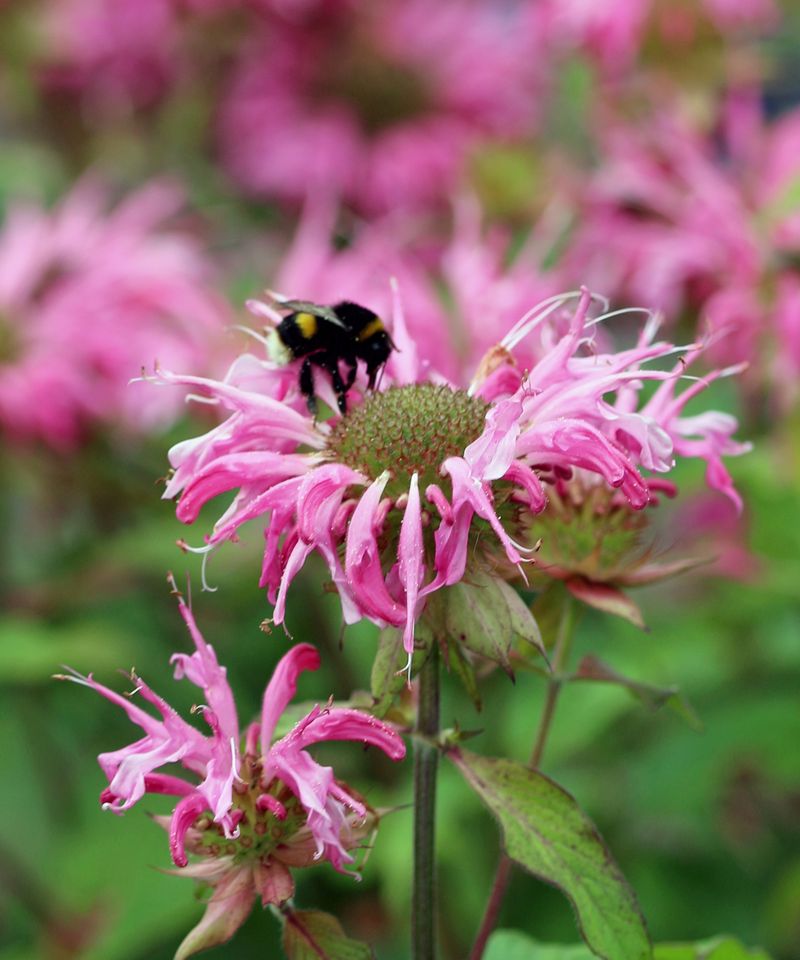
Bee balm features striking whorls of red, pink, or purple flowers that seem designed specifically for pollinators. Native to North America, this perennial creates a spectacular display while supporting local bee populations.
The unusual flower shape provides perfect landing pads for bees to collect nectar. Plant bee balm in a sunny location with good air circulation to prevent powdery mildew. As a bonus, you can use the aromatic leaves to make a delicious herbal tea.
7. Cosmos: Delicate Powerhouses
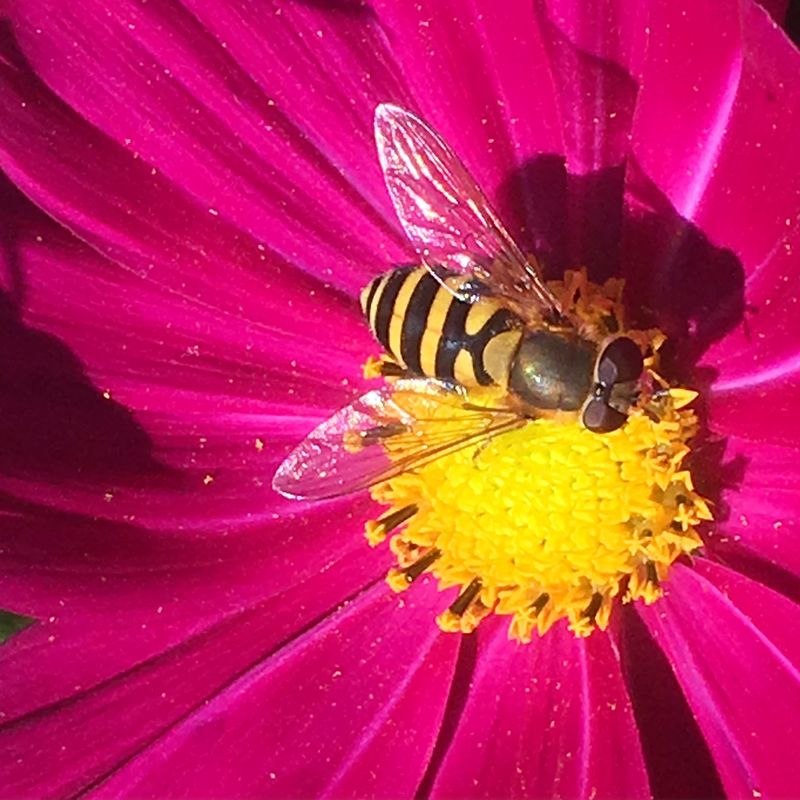
Cosmos deliver big results with minimal effort, producing masses of daisy-like flowers that bees adore. These annual flowers bloom prolifically from early summer until frost, providing a continuous nectar source.
The open flower structure makes pollen and nectar easily accessible to bees of all sizes. Cosmos thrive in poor soil and actually bloom better with a little neglect. Simply scatter seeds in a sunny spot and watch as both flowers and bees multiply.
8. Catmint: Long-Blooming Wonder

Catmint creates waves of lavender-blue flowers that bees simply cannot resist. This perennial blooms for months on end, often starting in late spring and continuing well into fall with proper care.
The tiny tubular flowers produce abundant nectar that attracts bees even from a distance. Unlike many perennials, catmint looks gorgeous all season long. Try planting it along walkways or garden borders where you can enjoy watching the bee activity up close.
9. Asters: Fall’s Finale For Bees

Asters shine when many other flowers have faded, providing crucial late-season nectar for bees preparing for winter. These daisy-like blooms appear in shades of purple, pink, blue, and white, creating a colorful autumn display.
The flat, open flower centers make pollen gathering easy for bees. Plant several varieties of native asters to extend the blooming season from late summer through fall. Their star-shaped flowers add wonderful texture to any garden design.
10. Salvia: Nectar-Rich Spikes
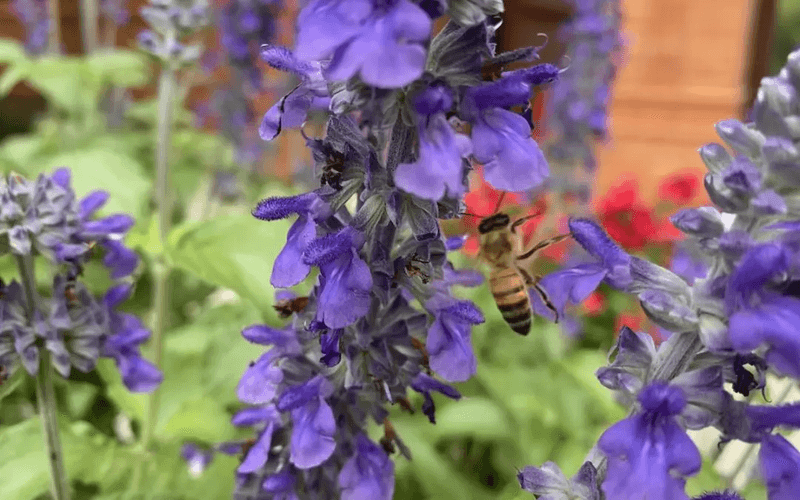
Salvia produces tall spikes of tubular flowers perfectly shaped for bee feeding. Available in shades from deep blue to bright red, these flowers create vertical interest while supporting pollinators.
The long-lasting blooms provide nectar throughout the growing season. Salvias thrive in hot, sunny conditions and many varieties are drought-tolerant once established. Their aromatic foliage naturally repels many garden pests while still welcoming beneficial insects.
11. Oregano: Herb with Hidden Benefits

Oregano surprises gardeners when allowed to flower, transforming from a kitchen herb into a bee magnet. The tiny white or purple blooms appear in clusters and attract an impressive variety of native bees and honeybees.
Growing oregano gives you both culinary benefits and pollinator support. Plant it in well-drained soil in full sun, then let some patches flower freely instead of harvesting all the leaves. The blooms produce a delicate, sweet scent that draws bees from far away.
12. Calendula: Sunshine for Winter Bees
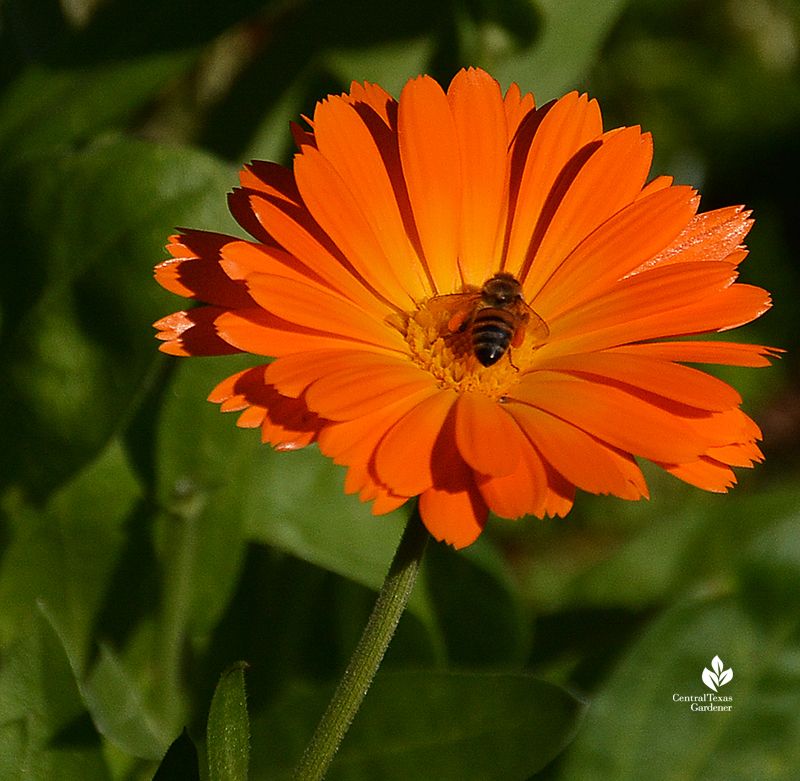
Calendula brightens gardens with cheerful orange and yellow blooms that resemble small suns. In mild climates, these flowers continue blooming through winter, providing rare off-season nectar for active bees.
The open flower structure makes pollen easily accessible to a variety of pollinators. Calendula self-seeds readily, creating new plants year after year with no effort. As a bonus, the petals are edible, adding color to salads or used to make healing skin salves.
13. Crocus: Spring’s First Bee Buffet
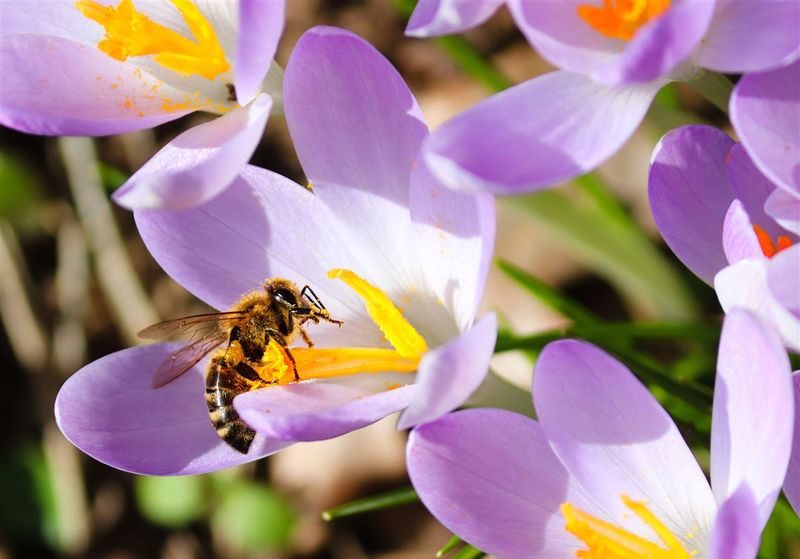
Crocus flowers push through late winter snow to provide the first feast for hungry bees emerging from hibernation. These early bloomers offer critical nutrition when few other flowers are available.
The cup-shaped blooms in purple, yellow, and white create a colorful carpet that signals spring’s arrival. Plant crocus bulbs in fall, placing them in lawns, under deciduous trees, or along walkways. They’ll multiply over years, creating larger patches of bee-supporting beauty.
14. Zinnias: Rainbow Bee Banquet
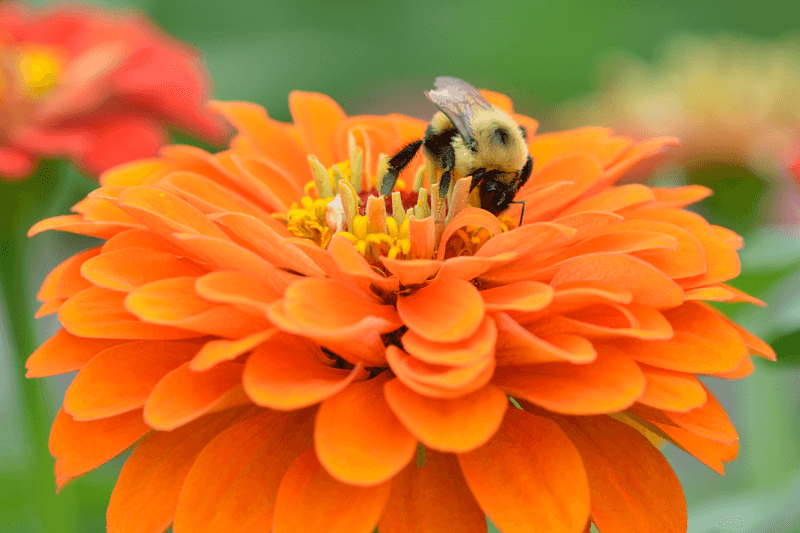
Zinnias explode in a riot of colors that transform any garden into a pollinator paradise. These annual flowers bloom continuously from early summer until frost, providing a reliable food source for bees throughout the growing season.
The flat, open centers make pollen gathering effortless for bees of all sizes. Plant zinnia seeds directly in the garden after danger of frost has passed. For maximum bee appeal, choose single-flowered varieties rather than very double types that can hide the nectar.


